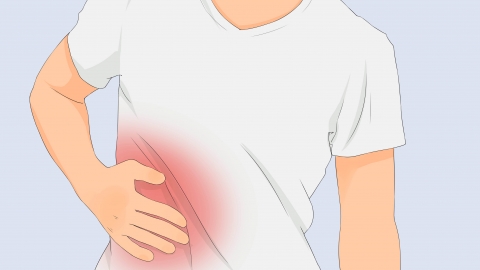What impact do gallbladder polyps have on liver function?
The impact of gallbladder polyps on liver function varies depending on the characteristics of the polyps. In most cases, there is no significant effect; however, in a minority of cases, complications such as bile stasis, indirect liver cell damage, coexisting cholecystitis affecting liver function, malignant transformation involving the liver, or bile duct obstruction impairing excretion may occur. If symptoms such as jaundice or abdominal pain appear, immediate consultation with a hepatobiliary surgeon is necessary.

1. Bile stasis: Larger polyps that obstruct the cystic duct can impede bile outflow, leading to bile accumulation. This may cause abnormal bilirubin metabolism, resulting in elevated bilirubin levels in liver function tests. Prolonged stasis increases the burden on the liver.
2. Indirect liver cell injury: Polyps that repeatedly irritate the gallbladder and trigger inflammation may lead to the release of inflammatory factors that indirectly affect hepatocytes. In rare cases, this can cause mild elevation of transaminases, which usually return to normal after controlling the inflammation.
3. Coexisting cholecystitis affecting liver function: Polyps that stimulate the gallbladder wall and induce chronic or acute cholecystitis can impair normal gallbladder contraction and bile excretion. This indirectly increases the metabolic burden on the liver, potentially causing mild transaminase elevation, which typically resolves once the inflammation subsides.
4. Malignant transformation involving the liver: In very rare cases, gallbladder polyps may undergo malignant transformation (e.g., gallbladder cancer), with cancer cells invading liver tissue and disrupting hepatic structure and function, leading to明显 liver dysfunction, often accompanied by other malignant signs and symptoms.
5. Bile duct obstruction affecting excretion: If a polyp detaches or malignant tissue blocks the bile duct, bile cannot be properly excreted into the intestines and may reflux into the bloodstream, causing liver damage, jaundice, and abnormal liver function tests.
For daily management, maintain regular eating habits, avoid high-fat foods to reduce gallbladder stimulation, have regular follow-up ultrasounds and liver function tests, maintain a consistent sleep schedule, quit smoking, limit alcohol consumption, and seek medical attention promptly if any discomfort occurs to prevent disease progression.




